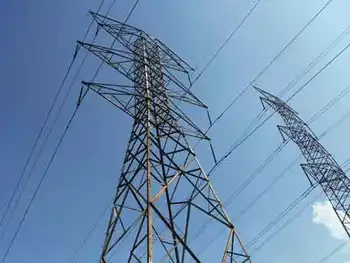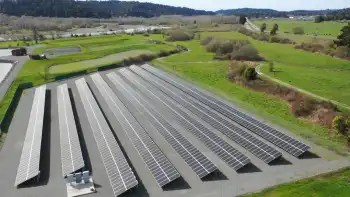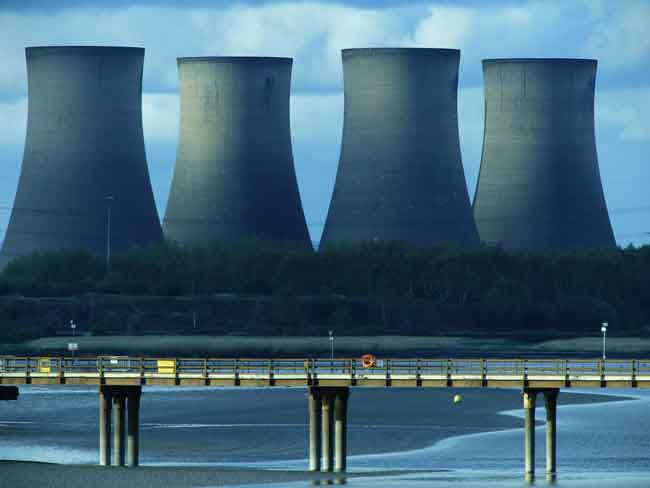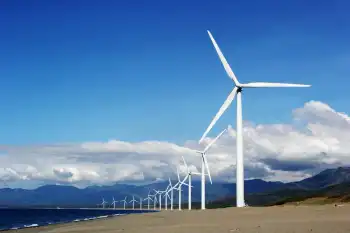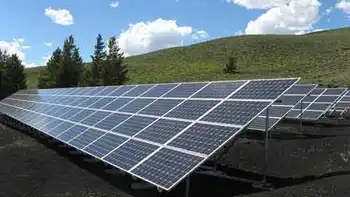CSA Z462 gives safety a boost
By Canadian Occupational Safety
CSA Z462 Arc Flash Training - Electrical Safety Essentials
Our customized live online or in‑person group training can be delivered to your staff at your location.

- Live Online
- 6 hours Instructor-led
- Group Training Available
The Z462 standard, otherwise known as the Workplace Electrical Safety Standard, applies to contractors and electrical workers, and provides guidance to employers on what qualifications are required for electrical work – and cautions against allowing non-qualified people inside hazard boundaries.
ItÂ’s based on well-established occupational health and safety principles, and recognized across the country as good practice, from manufacturers to contractors to regulators. Z462 deals specifically with hazard communications, controls and safety precautions in the areas of electric shock and arc flash, and includes requirements for training and qualification of electrical workers, as well as personal protective equipment.
“We looked at the types of electrical injuries that were happening in workplaces across Canada and some of the causal factors,” says Dave Shanahan, the CSA’s Z462 project manager. “Many of them were related to a lack of awareness around the hazard and basic safety procedures around live electrical systems.” The standard applies not only to professional electricians, but also any worker in the vicinity of live electrical equipment.
Standards, such as Z462, serve as best practices for the workplace. Though the CSA doesnÂ’t enforce standards, if an incident does occur, the employer could be charged, in which case due diligence must be proven. And due diligence means referencing best practices such as Z462.
“Workers who were not qualified were making an attempt to do their own troubleshooting and accidents were occurring, so that’s a big part of this standard,” says Shanahan. “It establishes a basis for recognizing qualified electrical workers.”
Z462 explains how to do a risk assessment and establish boundaries around high-risk areas. Non-electrical workers should be kept outside of those boundaries, while electrical workers should follow specific procedures when inside them.
The standard encompasses all electrical hazards, including hazards related to direct contact (electric shock) and those related to arc flash. The reality is, though, that people don’t even understand the most basic hazards, says Mike Doherty, health and safety consultant with the Electrical & Utilities Safety Association (EUSA). “If you don’t know anyone who’s been electrocuted or really mangled with electricity, it’s taken for granted.”
But electricity is toxic energy. It takes about 10 milliamps (mA) for your skin to start burning and blistering. At about 20 mA, your breathing becomes laboured and you can’t let go of the tool giving you the shock, while 75 mA will cause ventricular fibrillation, which is a rapid, irregular heartbeat that can cause death in minutes. Above that, you’ll suffer severe burns and muscular damage – a few amps will cause irreversible body damage. While human beings are only designed to handle 5 or 6 mA, the lowest over-current at which a typical fuse or circuit breaker opens a circuit is 15,000 mA.
“We don’t quantify the hazards very well,” says Doherty. “We must document everything and communicate through training.” The standard provides a template for electrical safe work planning, and steps include identification of all hazards, quantification of those hazards, selection of personal protective equipment and tooling based on that, and documentation and communication through training.
Those details did not exist before this standard – at least not in Canada. “We didn’t have a national standard on work procedures and precautions around hazardous electrical work,” says Shanahan. Industry was starting to refer to the U.S. standard, Electrical Safety in the Workplace (NFPA 70e), which is why the CSA decided to base Z462 on the existing NFPA standard. The CSA continues to work with the NFPA on future enhancements.
There are five annexes, however, in Z462 that are not in NFPA 70e, including the alignment of health and safety management systems with electrical. “If you’re going to have an electrical safety program, it should be designed using health and safety management systems, and that’s the jewel of Z462,” says Doherty. “Health and safety professionals get it.”
The standard also provides specifications for safety equipment. Equipment designers and purchasers of equipment are encouraged to turn to newer, safer designs of electrical equipment that present a lower hazard level. “It provides a measurable way of knowing that what you’re purchasing would result in a lower risk compared to the equipment you currently have in place,” says Shanahan. “The best way is to not expose workers to the risk or reduce the level of risk.”
The latest version of the CE code (updated every three years) provides a context for best practices and safe work environments around installations. The appendix references specific standards that should be considered best practice, including Z462 and NFPA 70e. It also references other standards, including M421 for the mining industry and Z460 for lockout and hazardous locations. The CE code has been around for about 80 years; this round, there were 118 revisions to the 43 sections of the code, many of which were focused on enhancing installations.
“It’s an entire package allowing people to work in this industry in a safe way, and making it simple enough that if you happen to be a weekend electrician warrior, there’s something you can grab onto,” says Stephen Brown, director of electrotechnical and external affairs with the CSA.
In some industries, it’s not possible to bring the system down to do electrical work, which means electrical workers must be trained and qualified to know what they’re dealing with. “There’s a fair amount of macho that goes with this industry,” he says. But if that macho results in an incident, insurance agents and regulators get involved, and employers must show they’ve done something to protect workers. “Using the 460 series would be the right way of doing that,” he says.





